It’s a common misconception that advanced skills, like skid recovery or high-speed maneuvers, are the ultimate tools for safe driving. While they certainly have their place, I believe they should not be prioritized for new drivers—and here’s why.
I spent six years teaching skid control in deep snow and on slippery tracks. I’ve worked with countless clients sliding in every direction—some laughing, others screaming! I’ve also trained in high-speed police-style maneuvers. But despite my deep respect for these techniques, I caution against introducing them to beginner drivers too early.
Research consistently shows that advanced maneuver training can actually harm novice drivers by increasing their crash risk. These methods often create a false sense of confidence before the driver has developed the fundamental awareness and control needed to handle real-world situations.
The Importance of Experience First
If I had unlimited resources to teach drivers everything, I’d still insist that they first spend four months or more driving alone. This time behind the wheel allows a driver to:
- Build a natural connection with their car and its movements.
- Develop an intuitive sense of positioning within their lane and relative to other objects.
- Experience a variety of traffic situations and road designs at their own pace.
Only after this foundational experience would I consider introducing advanced techniques, such as skid control or aggressive steering corrections. These require a deep understanding of the car’s “feel” and an ability to maintain balance and control in high-pressure situations.
The Problem with Reaction-Based Driving
Relying on advanced maneuvers as the primary crash-avoidance strategy misses the mark. Instead of focusing on reactive skills, new drivers should develop what I call the purple line mindset: proactive awareness, maintaining a safe bubble of space, and avoiding sudden emergency scenarios altogether.
Sudden reactions should never be the go-to plan. They’re a backup—not a primary strategy.
A Progressive Approach to Learning
Here’s how I believe skills should be layered for new drivers:
- Begin with the basics: Steady traffic driving on highways, in urban environments, and crossing bridges.
- Pass a driving test: Demonstrating a solid understanding of core skills.
- Solo driving: Gaining confidence and experience over several months.
- Advanced techniques: Skid control, crash avoidance, and handling off-balance car dynamics—introduced only after mastering foundational skills.
This approach ensures that new drivers aren’t overwhelmed by advanced training that could inadvertently increase their risks. Instead, they build a strong base of awareness and control before taking on higher-level challenges.





Comments are closed